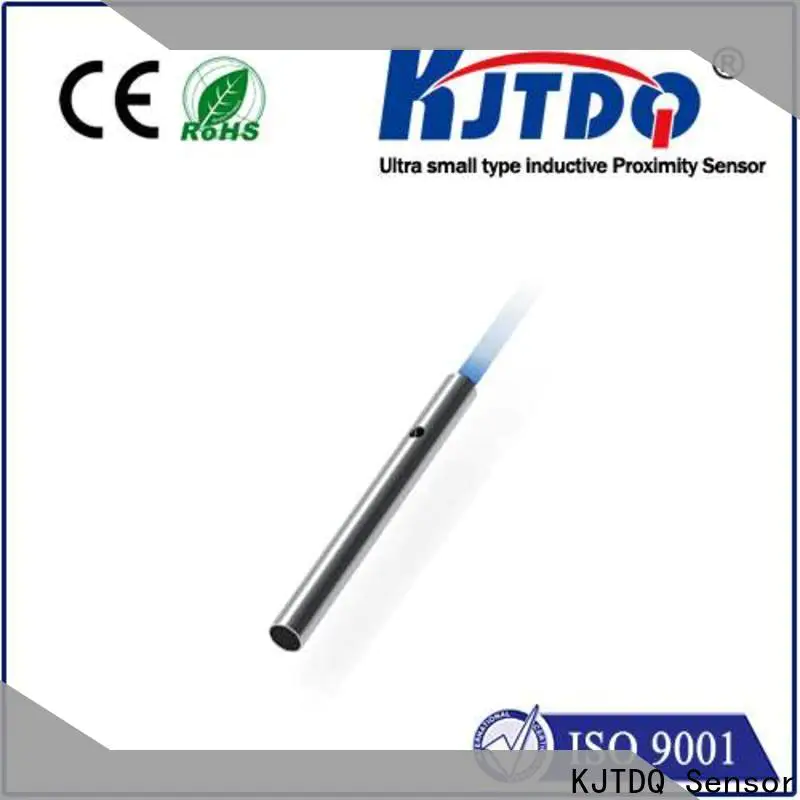Related Products



Copyright © 2025 Nanjing KJT Electric CO.,LTD | All Rights Reserved Design
Hello, please leave your name and email here before chat online so that we won't miss your message and contact you smoothly.